There was an historic event for South Australia on Kangaroo Island recently when a reunion of the descendants of the families that arrived there 175 years ago on the sailing ship Solway took place.
The Solway, a 3-masted, wooden sailing ship of 337 imperial tons, left the German port of Hamburg, on 3 June 1837 with around 70 passengers on board. These were some of the first German settlers to arrive and remain in South Australia. The South Australian Company had sent the first settlers to South Australia via the Duke of York the previous July. The company found that they required some labourers to ensure the survival of the colony and asked the German government if they would allow German families to immigrate to South Australia. Hence the Solway was sent to Hamburg to collect the passengers who were to undertake the gruelling four and half month voyage to the other side of the world.
The reunion coincided with the landing day on 16 October 1837 at Reeves Point, Kingscote. 120 people, representing thirteen of the 28 original families attended the Gala Dinner at the Aurora Ozone Hotel on Saturday 13 October plus descendants of the Solway’s first Officer Louis Hanson.
Only two months after its arrival in Australia the Solway, which was anchored at the South Australian Company’s station at Rosetta Harbour, Encounter Bay (near Victor Harbor), was unfortunately wrecked after breaking from its moorings and driven over a reef during a storm. Sue Pender, who has been researching the history of the Solway, spoke on the remains now sandbagged for safekeeping in Rosetta Harbour. Evan Kleemann (a fifth generation attendee) entertained the gathering with ‘a bit of German’ humour. The story of the first Officer Louis Hanson was related by one of his descendants, Allen Clark, telling how Hanson remained in South Australia after the Solway’s demise and went on to purchase and sell a considerable amount of land around the State.
A commemorative Church service was held on Sunday morning in the Kingscote Institute followed by a light lunch. Tables of memorabilia were displayed in the hall for all to catch up on family history. Each family then presented stories of their forefathers and families, as they knew them, hoping to fill in some of ‘the gaps’. There are plans to put some these stories into a booklet to preserve this special history.
Monday was free for sightseeing; for example, to visit the historic mulberry tree on the slopes of Reeves Point, possibly the same mulberry tree that was planted in the memory of one of the Solway’s passengers, Mrs Maria Kleemann who had died 2 days prior to landing and was buried in the pioneer cemetery nearby.
On the Tuesday morning, the group gathered at Reeves Point where Deputy Mayor Peter Clements and 91 year old Colin Gramp, a descendant of one of the passengers, Johann Gramp unveiled a commemorative plaque, marking the 175th celebrations. Sue Pender gave a ‘picture in words’ of what Reeves Point looked like in 1837 and the event concluded with a prayer of thanks.
David Christian and Jan Heppner should be congratulated for such a successful event. Jan from Waikerie reports that attendees came from all over South Australia and the Eastern states and that she has received emails regarding the reunion from Australia-wide, the USA and the UK and is still receiving correspondence from descendants who missed out.
The event was reported here in The Islander, Kangaroo Island’s local newspaper

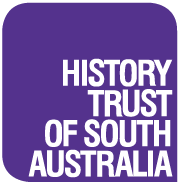
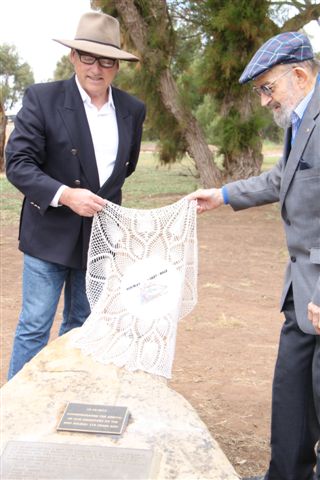

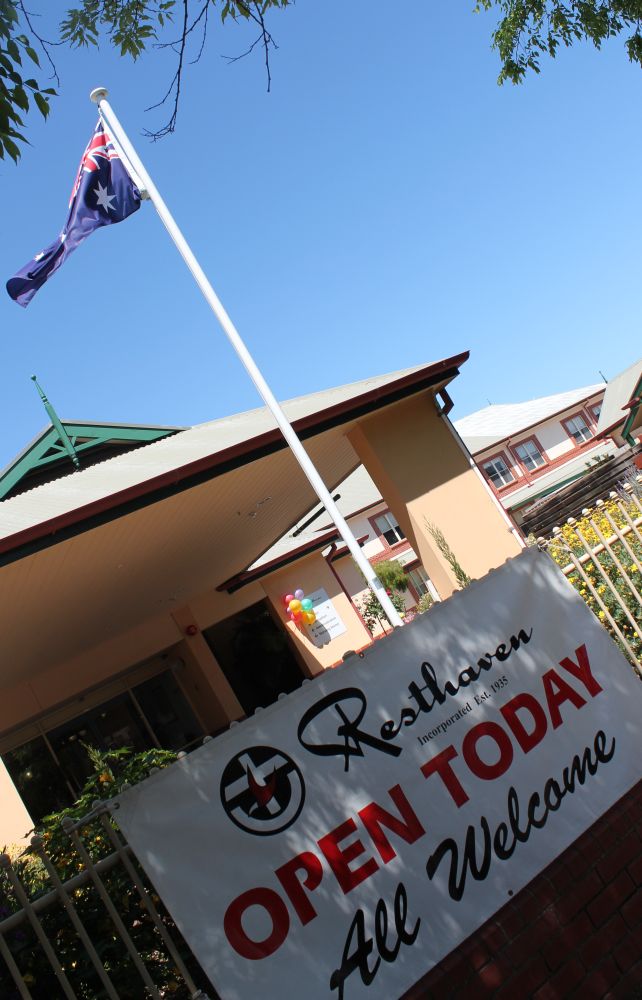

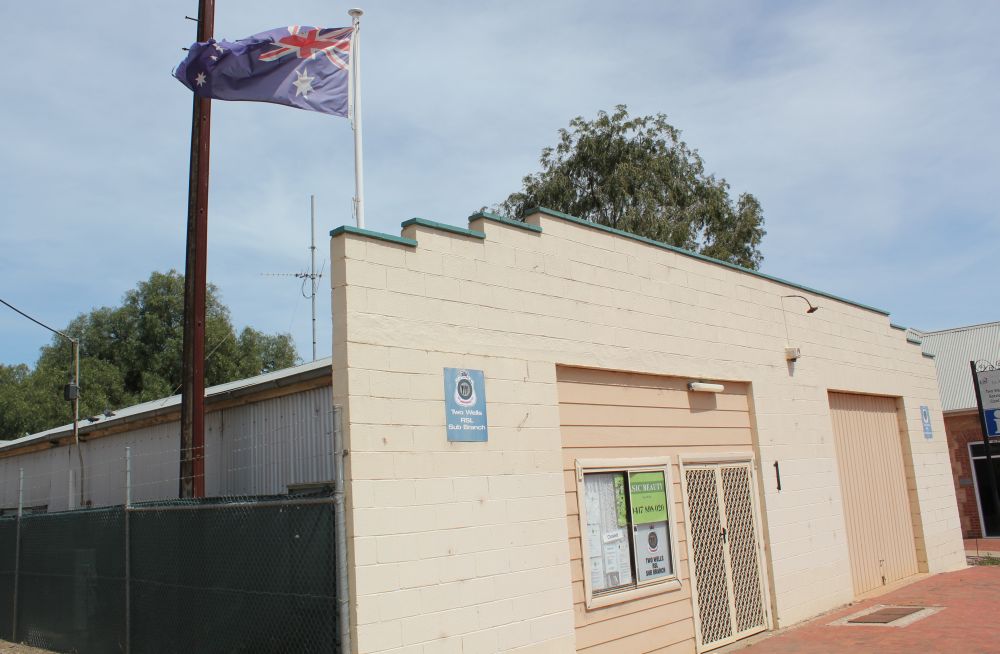

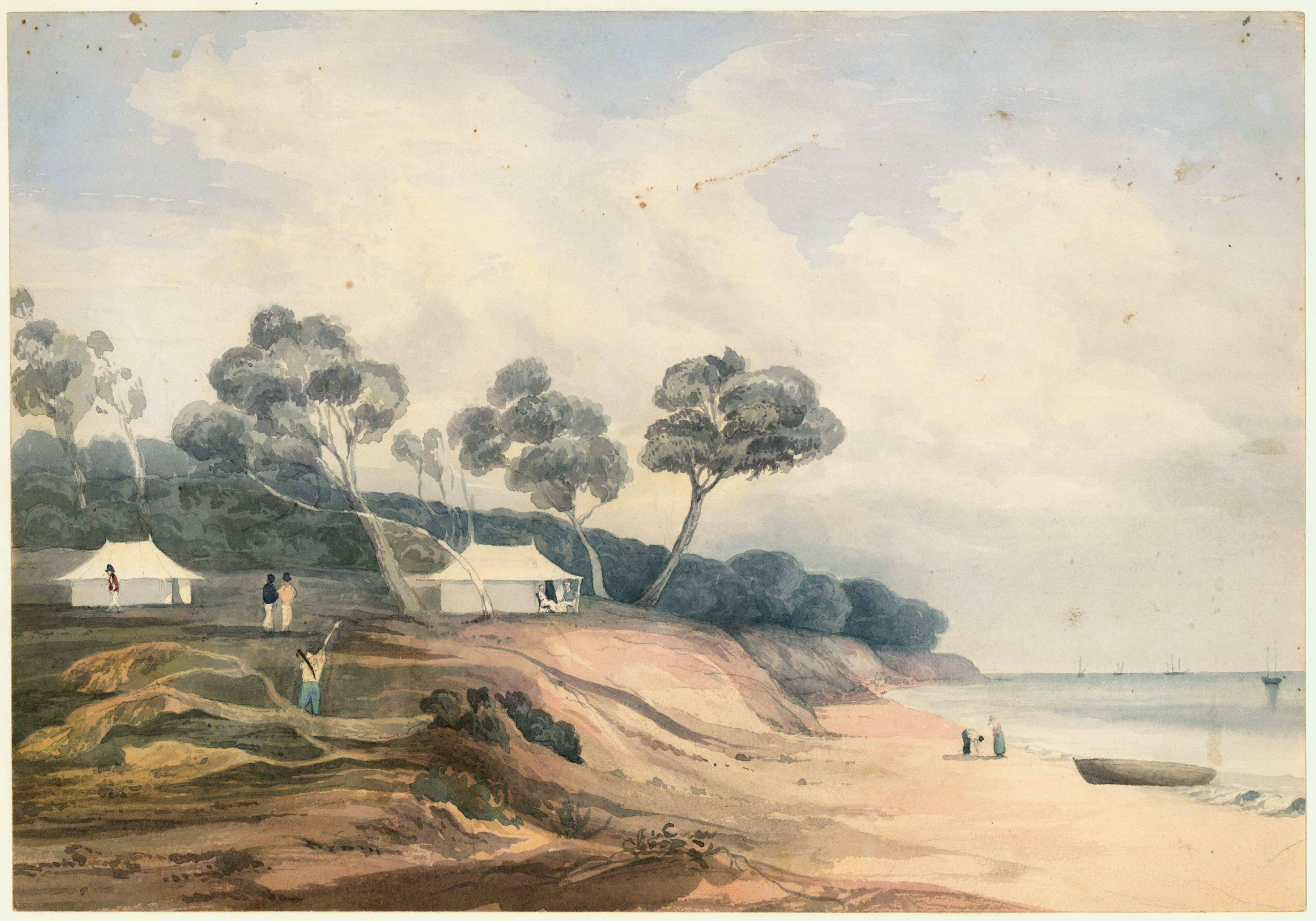
![Light, William: Mr Beares tents, Nepean Bay, Kangaroo Island [artwork], ca.1836, State Library of South Australia PRG1/5/182](http://www.community.history.sa.gov.au/files/imagecache/medium_landscape/unesco_memory_of_world_image.jpg) Nominations have opened for the UNESCO Australian Memory of the World Register. The Australian Register, founded in 2000, is part of the international Memory of the World, a UNESCO program aimed at preserving and providing access to valuable archival holdings and library collections around the world. There are currently 37 collections inscribed on the Australian Register, from the journals of Captain Cook to the Sorry Books signed by tens of thousands of Australians in 1998. South Australian material on the Register includes the 1836 South Australia Company Deed of Settlement, the William Light Collection and the Mountford-Sheard Collection.
Nominations have opened for the UNESCO Australian Memory of the World Register. The Australian Register, founded in 2000, is part of the international Memory of the World, a UNESCO program aimed at preserving and providing access to valuable archival holdings and library collections around the world. There are currently 37 collections inscribed on the Australian Register, from the journals of Captain Cook to the Sorry Books signed by tens of thousands of Australians in 1998. South Australian material on the Register includes the 1836 South Australia Company Deed of Settlement, the William Light Collection and the Mountford-Sheard Collection.
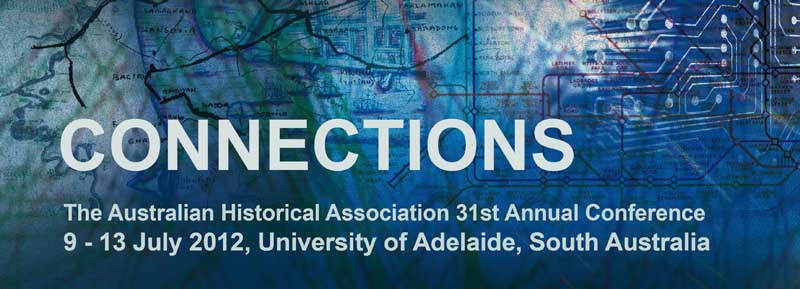
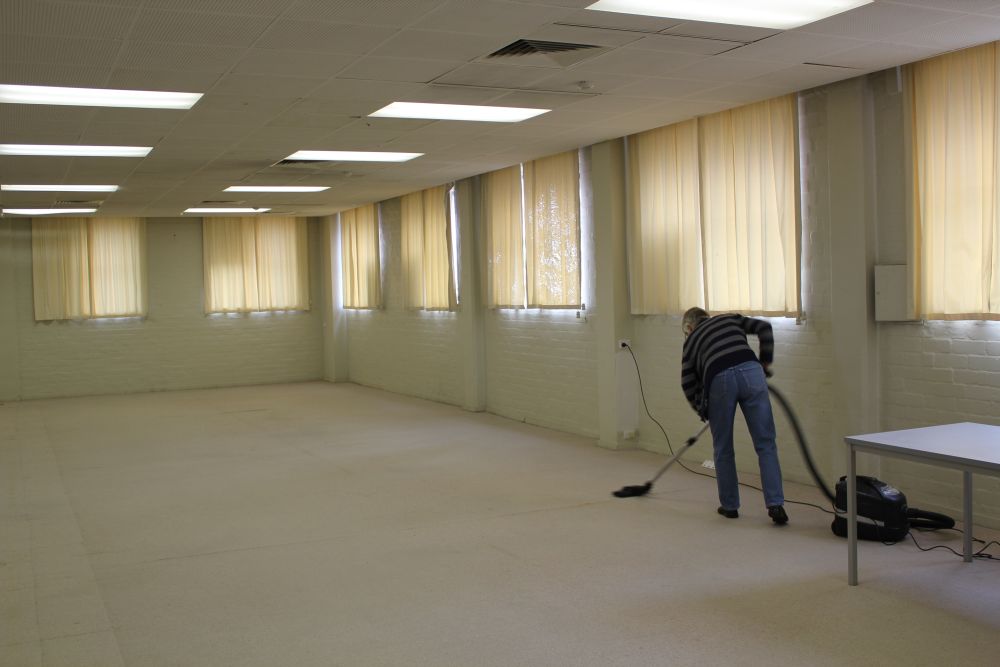

 The Loxton Historical Village Alive Day was held on the Sunday 10th June 2012 and we had a hugely successful, fun filled day. The atmosphere was great and we had hundreds of happy, smiling faces wandering through the displays!
The Loxton Historical Village Alive Day was held on the Sunday 10th June 2012 and we had a hugely successful, fun filled day. The atmosphere was great and we had hundreds of happy, smiling faces wandering through the displays! Our usual Alive Day activities were also very well received with crowds milling around the washing demonstrations and at the starting of the Lanz Bulldog Tractor. The line for tasty home baked goods from the Village Bakery was out of the door and along the verandah at one stage! (One gentleman explained that he didn’t mind waiting as the food was so good and admitted it was his second helping!)
Our usual Alive Day activities were also very well received with crowds milling around the washing demonstrations and at the starting of the Lanz Bulldog Tractor. The line for tasty home baked goods from the Village Bakery was out of the door and along the verandah at one stage! (One gentleman explained that he didn’t mind waiting as the food was so good and admitted it was his second helping!)

 On 4 May The Sheep’s Back Museum celebrated several major achievements with the official opening of their new exhibition gallery, collection store and workroom and their re-accreditation in the Community Museums Program. John Hill, Minister for the Arts, officiated at the event, which was very well attended by locals and representatives from other local museums. Amanda and Pauline were delighted to be among the crowd to see the culmination of several years work by the museum’s hard-working and dedicated volunteer team.
On 4 May The Sheep’s Back Museum celebrated several major achievements with the official opening of their new exhibition gallery, collection store and workroom and their re-accreditation in the Community Museums Program. John Hill, Minister for the Arts, officiated at the event, which was very well attended by locals and representatives from other local museums. Amanda and Pauline were delighted to be among the crowd to see the culmination of several years work by the museum’s hard-working and dedicated volunteer team.


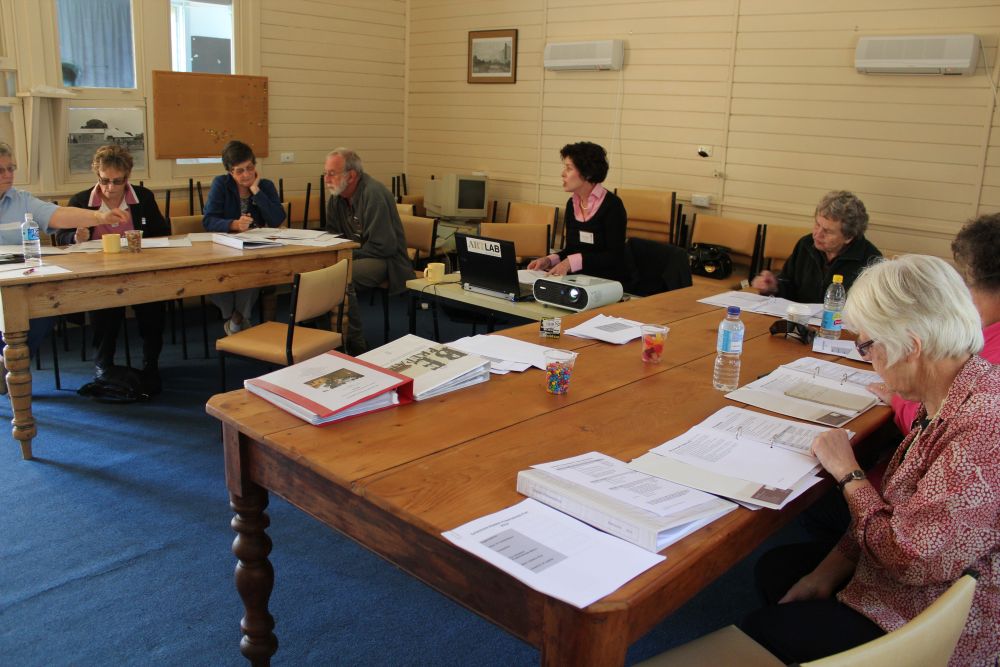

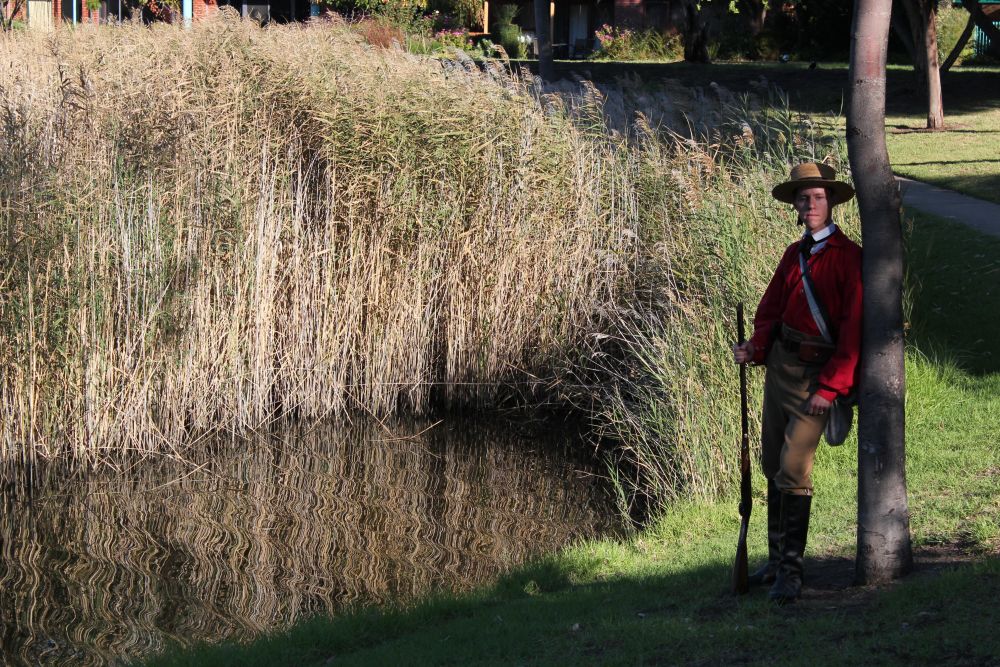


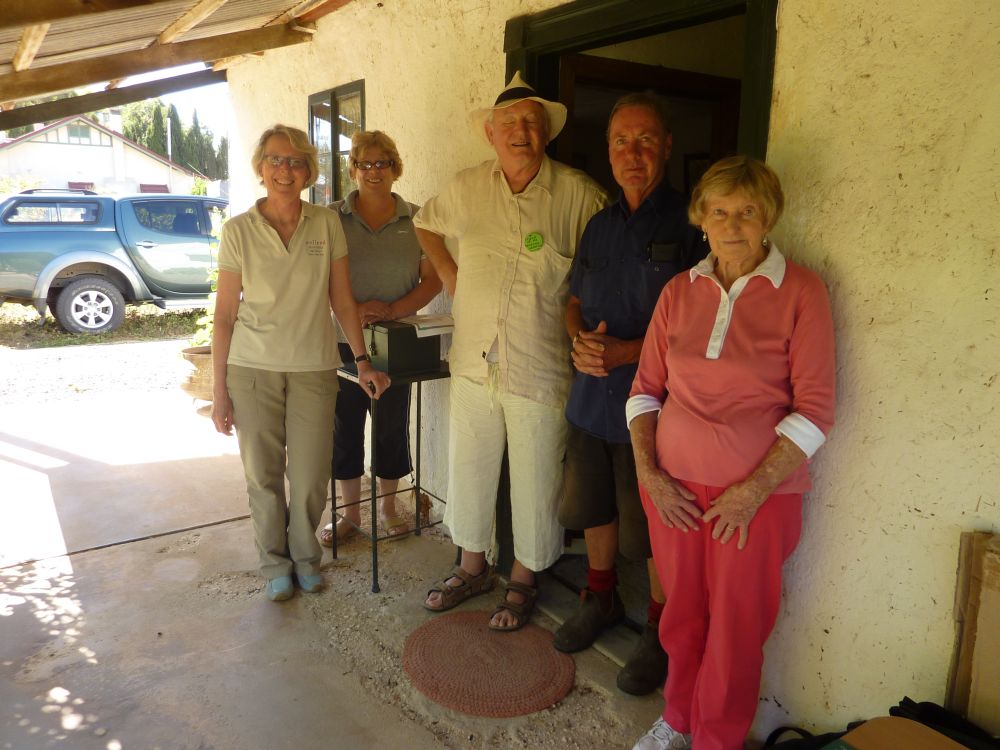
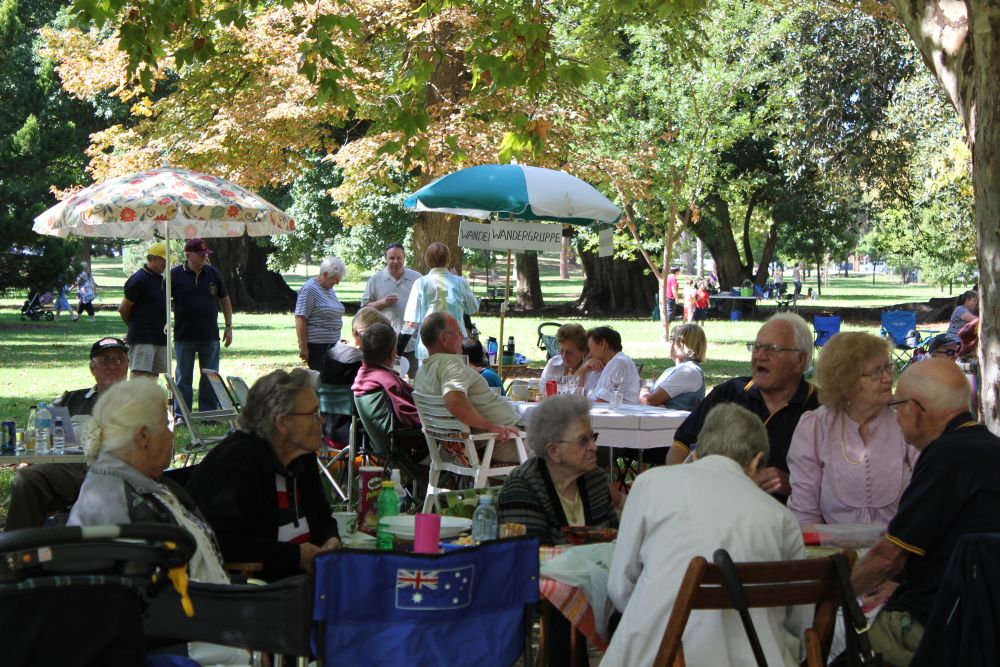

 At last, it’s time for About Time, South Australia’s History Festival. The program is out, the website is live. An amazing 513 events will be happening during the month of May ranging from walks to websites, talks to tours, and exhibitions to special events.
At last, it’s time for About Time, South Australia’s History Festival. The program is out, the website is live. An amazing 513 events will be happening during the month of May ranging from walks to websites, talks to tours, and exhibitions to special events. past two days, the Drill Hall at the Torrens Parade Ground where History SA is based has been transformed into a makeshift mailing office. Working in shifts, as many as 14 people from the CEO to volunteers and other members of staff from History SA’s museums, formed a production line – wrapping, sticking, stamping and piling up boxes and parcels ready for removal by Australia Post.
past two days, the Drill Hall at the Torrens Parade Ground where History SA is based has been transformed into a makeshift mailing office. Working in shifts, as many as 14 people from the CEO to volunteers and other members of staff from History SA’s museums, formed a production line – wrapping, sticking, stamping and piling up boxes and parcels ready for removal by Australia Post.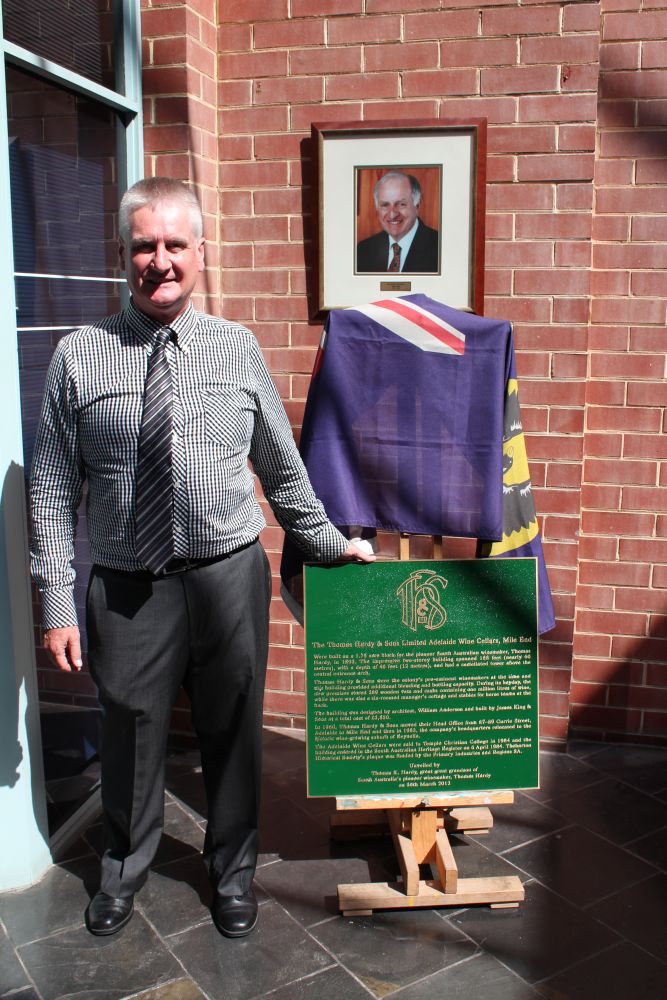
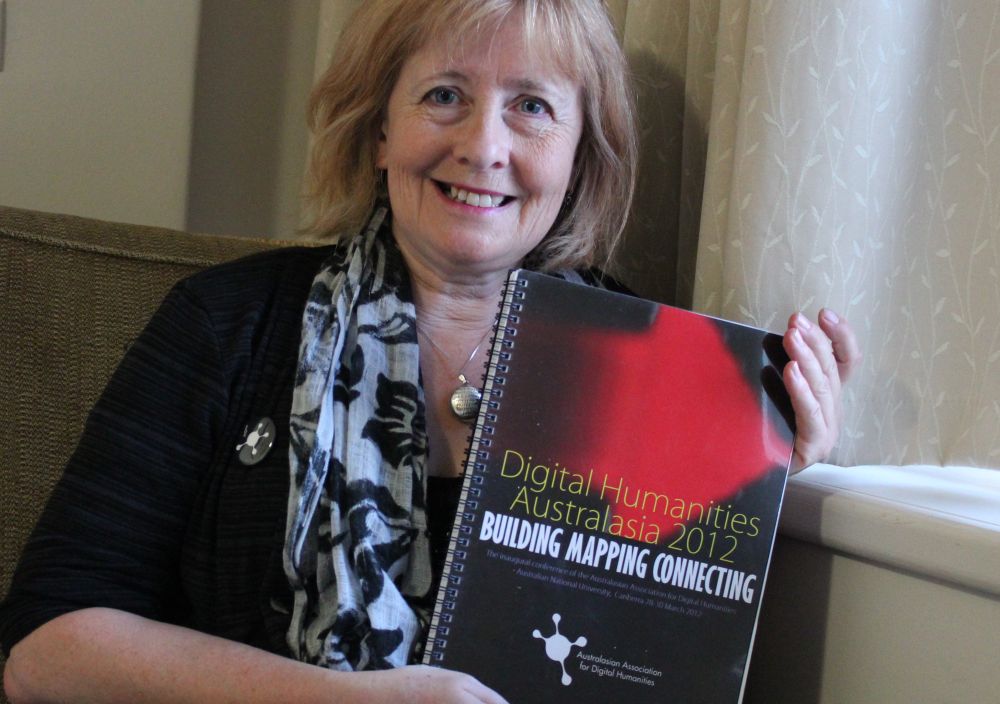




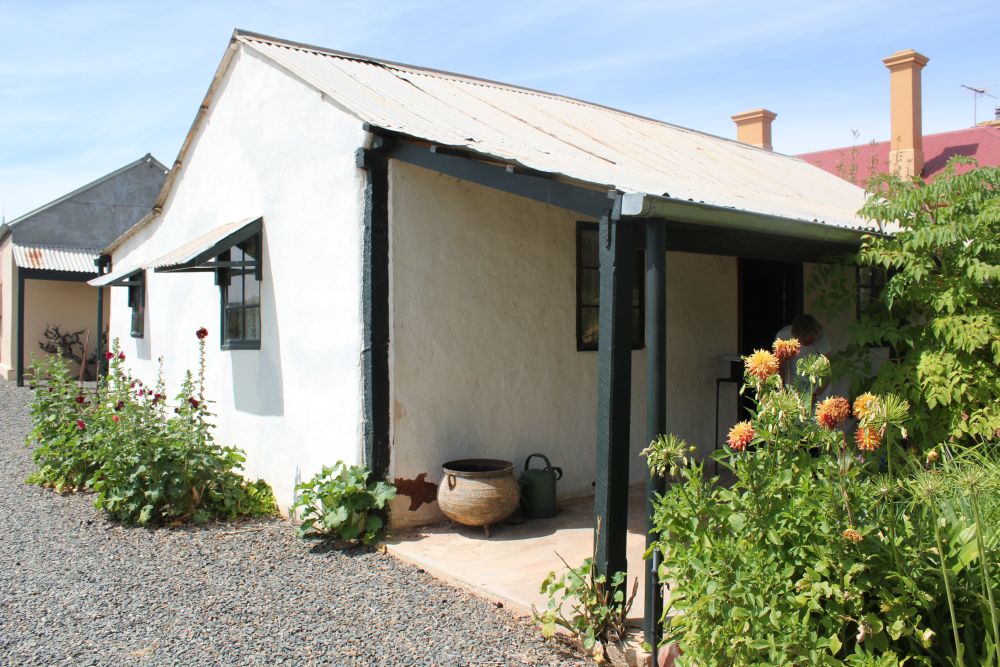


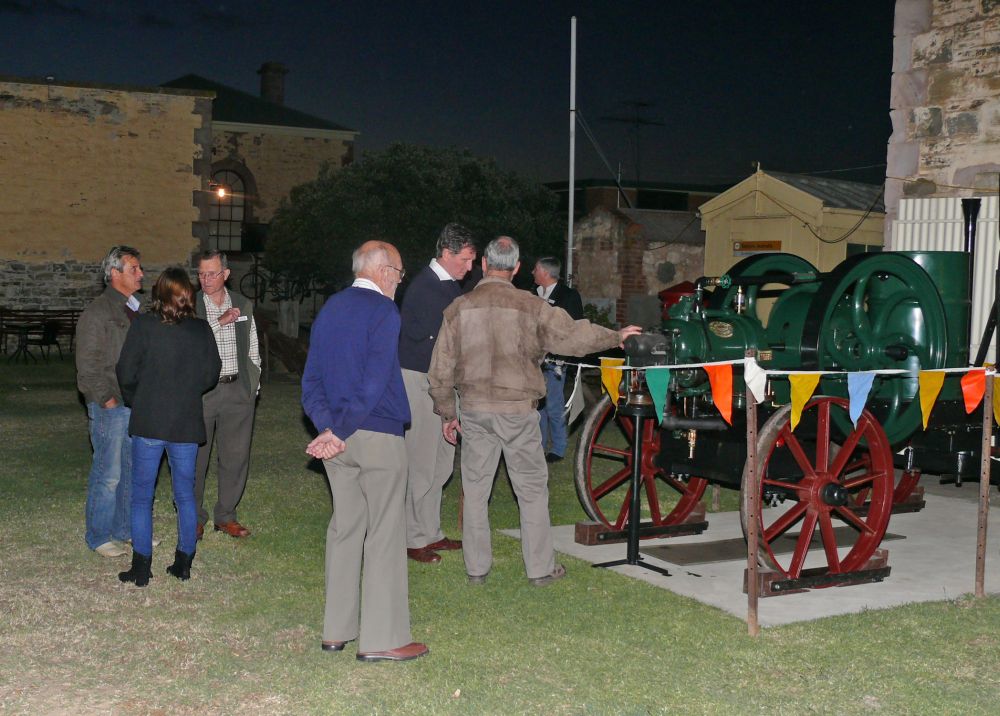
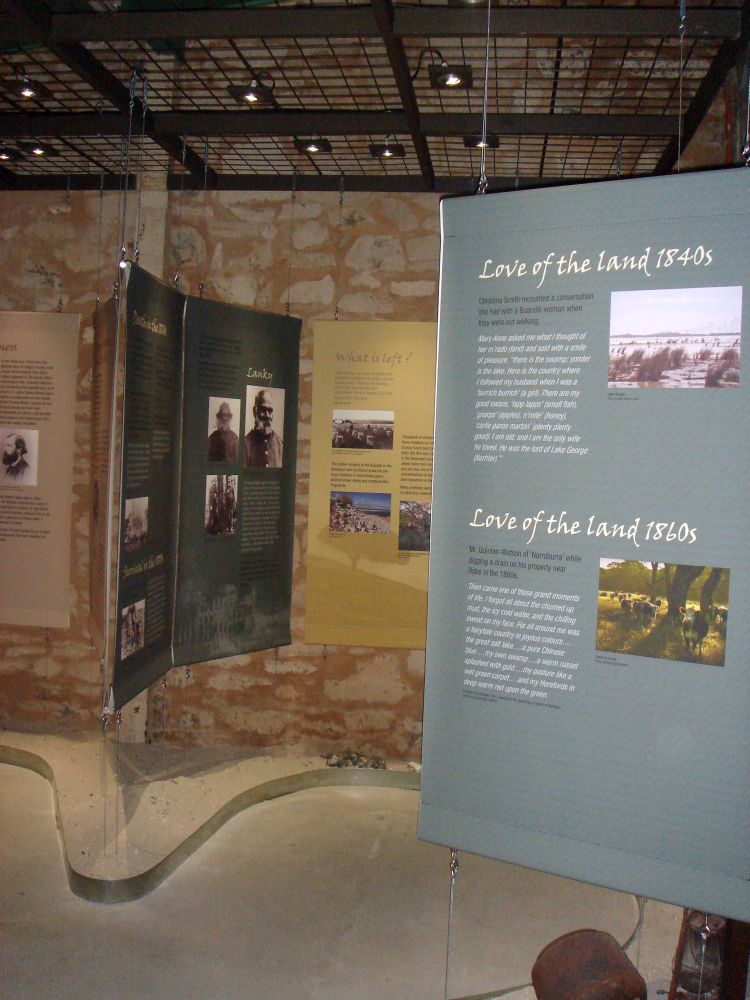
Recent Comments